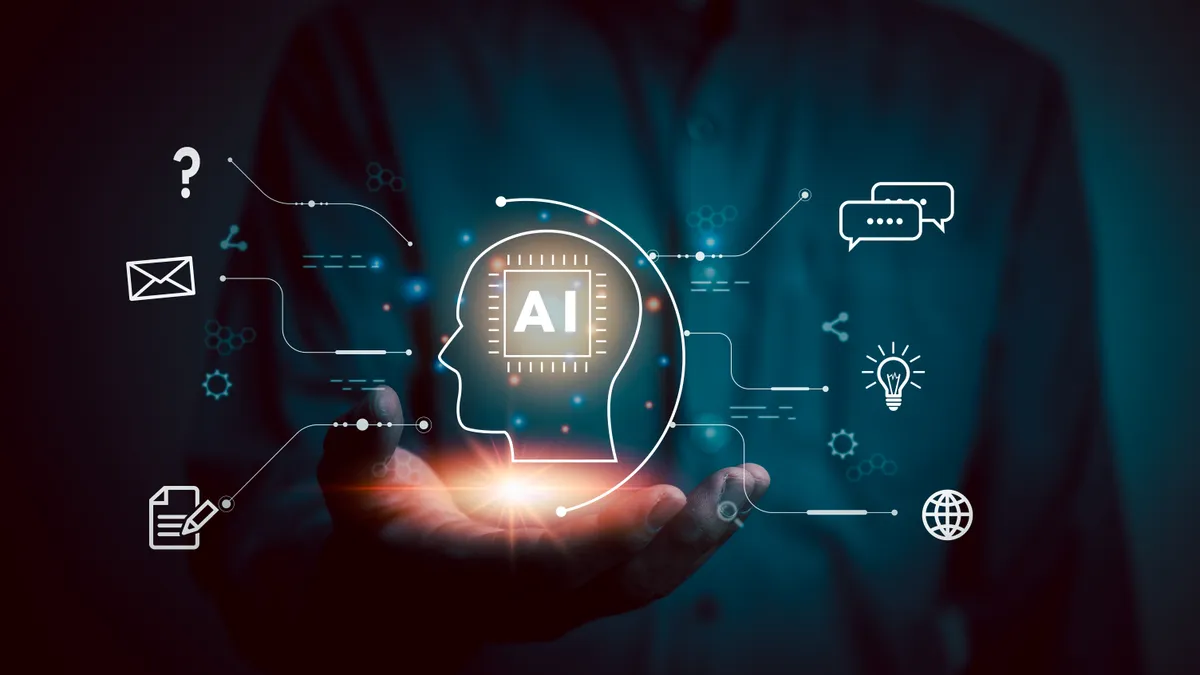Introduction
Artificial Intelligence (AI) has transformed various fields, from healthcare to content creation. However, with the rise of AI-generated text and images, ensuring authenticity and originality has become a challenge. AI detector are tools designed to differentiate between human-generated and AI-generated content. This article explores AI detectors, their working principles, applications, limitations, and future trends. AI detectors play a crucial role in maintaining authenticity, preventing misinformation, and ensuring fair use of AI tools.
What is an AI Detector?
An AI detector is a tool that identifies whether a piece of text, image, or media content has been created by an AI model. These detectors analyze patterns, linguistic structures, and metadata to determine the likelihood of AI involvement.
How AI Detectors Work
AI detectors use various techniques to analyze content:
- Linguistic Analysis: AI-generated text often has specific patterns, repetitive phrases, and unnatural flow that detectors recognize.
- Probability Scoring: Detectors assign a probability score indicating whether content is AI-generated or human-written.
- Metadata Inspection: Some AI detectors examine digital footprints left by AI tools.
- Machine Learning Models: Advanced detectors are trained on large datasets of AI and human content to improve accuracy.
Types of AI Detectors
Several AI detectors are available, each serving different purposes. Common types include:
Text-Based AI Detectors
- Used to identify AI-generated articles, essays, and reports.
- Examples: GPTZero, Turnitin’s AI Writing Detector, OpenAI’s AI Classifier.
Image-Based AI Detectors
- Detects AI-generated images, deepfakes, and synthetic visuals.
- Examples: Deepware Scanner, FakeCatcher, Microsoft’s Video Authenticator.
Code-Based AI Detectors
- Identifies AI-generated programming code.
- Useful for detecting AI-assisted plagiarism in coding assignments.
Applications of AI Detectors
AI detector have a wide range of applications across different sectors:
Education
- Helps teachers identify AI-generated assignments and essays.
- Maintains academic integrity by discouraging AI-assisted plagiarism.
Journalism
- Detects AI-generated fake news and misinformation.
- Ensures the authenticity of news articles.
Cybersecurity
- Identifies deepfakes videos and fraudulent AI-generated emails.
- Enhances security against AI-driven cyber threats.
Business and Marketing
- Assesses AI-generated content in advertisements and promotional material.
- Ensures brand credibility and originality.
Challenges and Limitations of AI Detectors
While AI detector are highly useful, they have some limitations:
False Positives and Negatives
- No AI detector is 100% accurate.
- Human-written content may sometimes be flagged as AI-generated and vice versa.
Evolving AI Models
- AI writing tools are constantly improving, making detection more difficult.
- Detectors must continuously update their algorithms to stay effective.
Contextual Limitations
- AI detectors may struggle with nuanced, creative, or highly structured writing.
- Requires human verification for final assessment.
Ethical Concerns
- Over-reliance on AI detectors may lead to unfair accusations.
- Privacy concerns arise when analyzing user-generated content.
Future of AI Detection Technology
The future of AI detectors looks promising, with continuous advancements in detection algorithms. Some key trends include:
Improved Accuracy
- Enhanced machine learning models will reduce false positives and negatives.
- AI detectors will become more reliable for professional and academic use.
Real-Time Detection
- Future AI detectors may operate in real-time, providing instant feedback on content authenticity.
Integration with Other Tools
- AI detectors may integrate with plagiarism checkers, cybersecurity software, and content management systems.
Greater Transparency
- Developers will focus on making AI detection processes more transparent and explainable.
Conclusion
AI detectors play a vital role in maintaining content integrity across various domains. While they offer significant benefits in detecting AI-generated content, challenges such as evolving AI models and ethical concerns remain. As AI technology continues to advance, AI detectors will need to keep up, ensuring they remain effective and accurate in distinguishing between human and AI-generated content. Whether in academia, media, or cybersecurity, AI detectors will play a pivotal role in maintaining trust and integrity in the digital age.
Check out new and latest article to see by clicking here.

